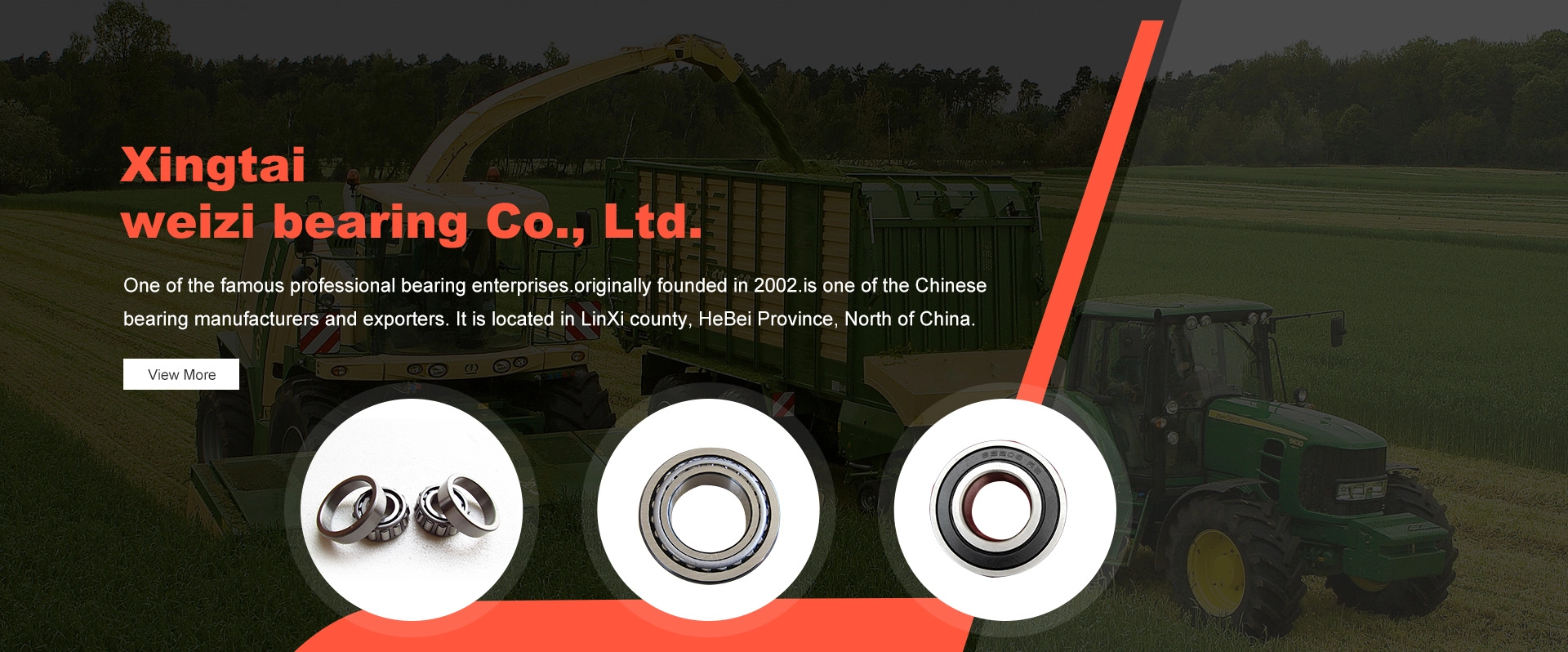
nov . 10, 2024 09:26 Back to list
Understanding the Functionality and Applications of Roller Thrust Bearings in Machinery
Roller Thrust Bearings An In-Depth Overview
Roller thrust bearings are a type of rolling-element bearing designed to support axial loads while providing low friction and high efficiency. These bearings have distinct advantages in various applications, especially where space is limited and high load capacity is required. In this article, we will explore the fundamental design, working principles, applications, and benefits of roller thrust bearings.
Design and Structure
Roller thrust bearings consist of large cylindrical rollers arranged between two raceways, having a specifically designed geometry that allows them to handle high axial loads. The rollers are usually oriented in a parallel fashion to the axis of rotation. This design distinguishes them from other types of bearings, such as ball bearings, which are generally more suitable for radial loads. Thrust bearings come in various configurations, including single-row, double-row, and spherical types, which are chosen based on the specific requirements of the application.
A key feature of roller thrust bearings is their ability to provide both high load-carrying capacity and stiffness, vital for applications that experience heavy axial forces. The materials used for the rollers and raceways are typically high-strength steel alloys, which ensure durability and longevity of the bearing even under extreme conditions.
Working Principles
The operation of roller thrust bearings is based on the principle of rolling contact, which minimizes friction between the moving parts. As the bearing rotates, the cylindrical rollers roll along the raceways, allowing for smooth motion and a significant reduction in wear compared to sliding contact mechanisms. The design ensures that the force is evenly distributed across the rollers, further enhancing stability and performance.
One important aspect of roller thrust bearings is their angle of contact, which affects the load capacity and operational speed. A larger contact angle increases the load-carrying capability but may reduce the speed at which the bearing can operate efficiently. Manufacturers often provide detailed specifications to help engineers select the appropriate bearing based on operating conditions and requirements.
Applications
Roller thrust bearings are widely used in various applications where axial load support is crucial. Common applications include
roller thrust bearing

2. Industrial Machinery Many types of machines, such as cranes, presses, and conveyor systems, use roller thrust bearings to manage the substantial axial loads that occur during operation.
3. Marine Applications In marine engineering, roller thrust bearings are vital for supporting propeller shafts and stabilizing vessel structures against water pressure and wave forces.
4. Aerospace In the aerospace sector, these bearings are employed in engines and landing gear systems, where low weight and reliability are paramount.
Benefits
The utilization of roller thrust bearings offers numerous benefits
- High Load Capacity They maintain their performance under significant axial loads, making them ideal for heavy-duty applications. - Durability The robust construction and high-quality materials ensure a long service life, reducing the need for frequent replacements.
- Reduced Friction The rolling contact mechanism minimizes friction, translating into higher efficiency and energy savings.
- Versatility With various designs and configurations available, roller thrust bearings can be adapted to meet diverse engineering requirements.
Conclusion
Roller thrust bearings play a crucial role in modern engineering by providing reliable support for axial loads in compact spaces. Their unique design and operational advantages make them indispensable in various industries, from automotive to aerospace. As technology advances and demands for efficiency increase, the design and materials used in roller thrust bearings will continue to evolve, ensuring their place in the future of engineering innovation. With ongoing research and improvements, we can expect roller thrust bearings to offer even greater performance and reliability in the years to come.
Latest news
-
Grooved Ball Bearing Design and Functionality
NewsJun.04,2025
-
Concrete Mixer Bearing Load Capacity Testing
NewsJun.04,2025
-
6004 Bearing Dimensions in Robotic Joint Designs
NewsJun.04,2025
-
Advantages of Single-Row Deep Groove Ball Bearings
NewsJun.04,2025
-
Applications of Deep Groove Ball Bearings in Automotive Systems
NewsJun.04,2025
-
Innovations in Bearing Pressing Machine Design
NewsJun.04,2025
